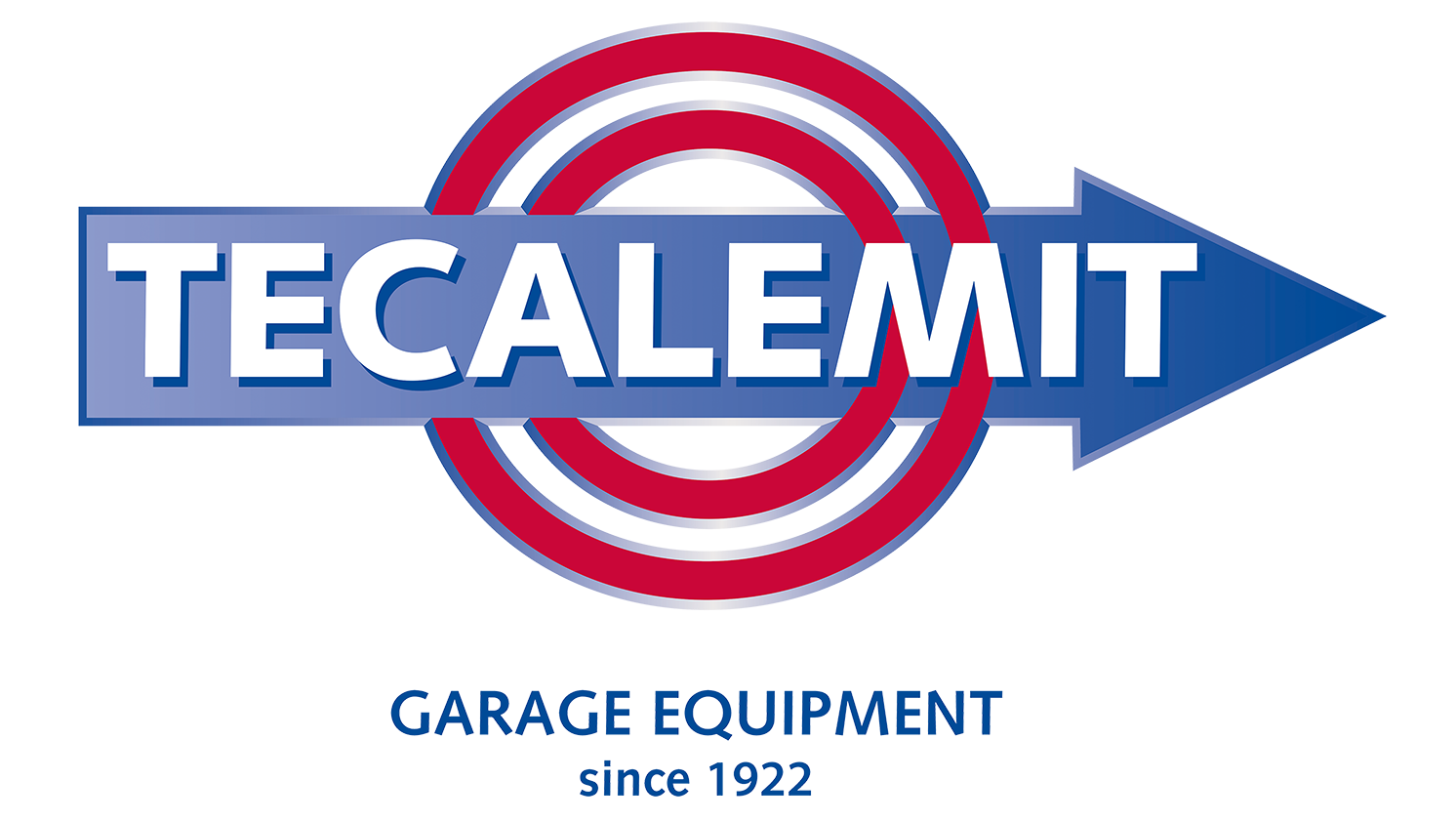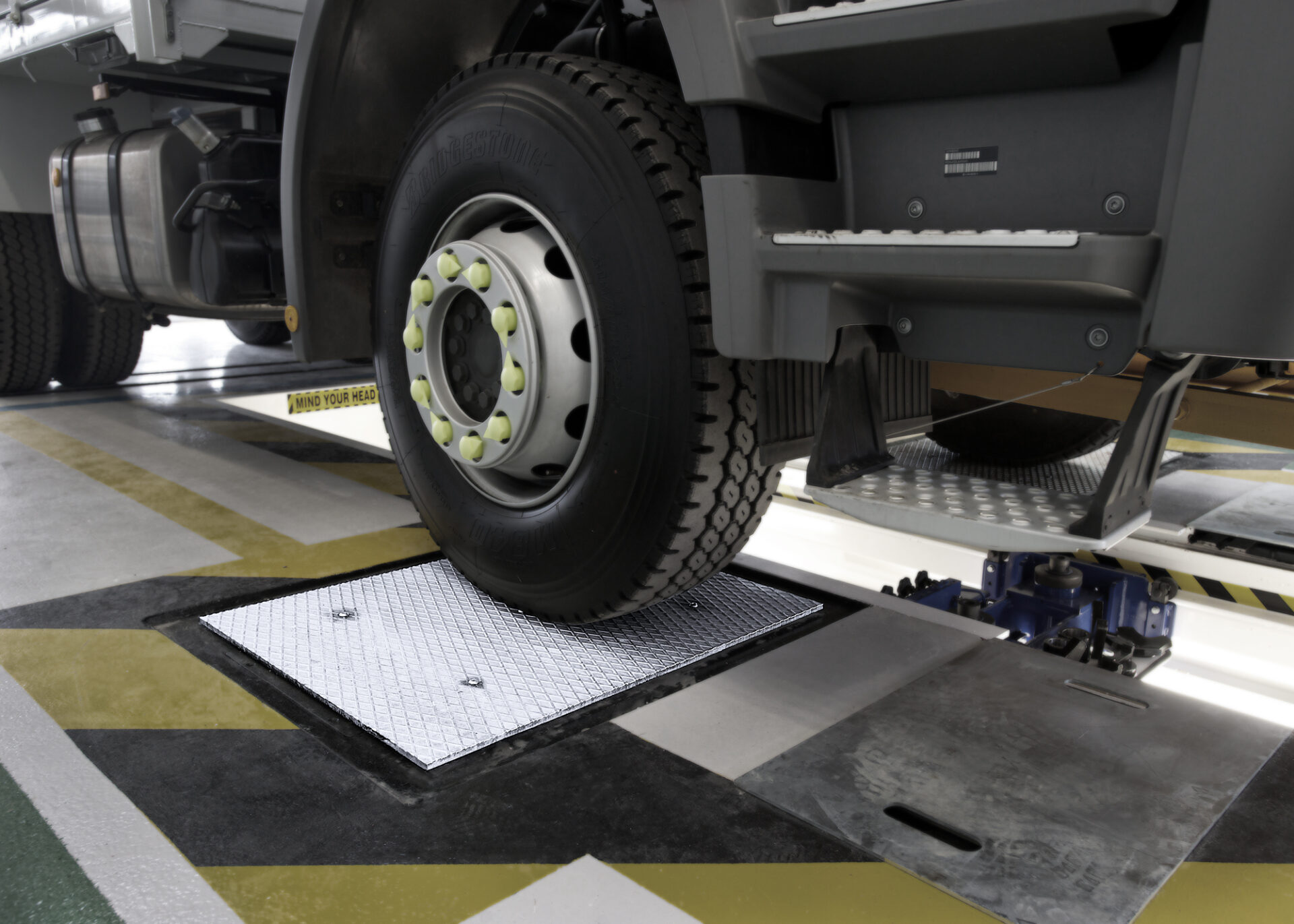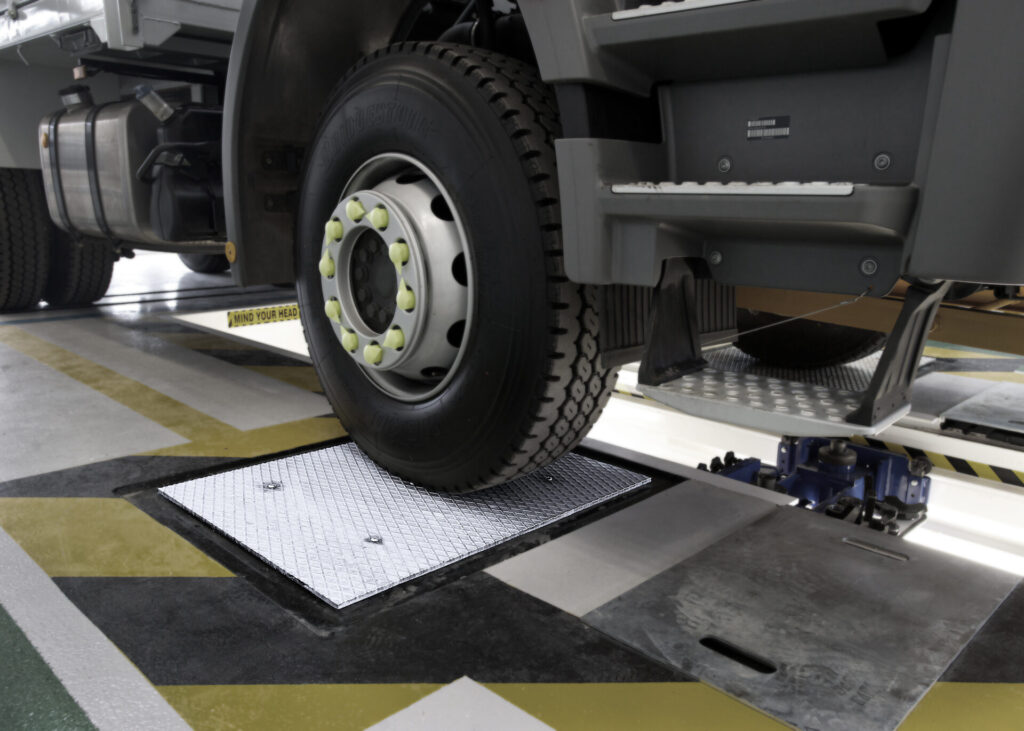As all CV workshops know, the annual MOT test forms the basis of a vehicle’s maintenance calendar. However, in addition to the legal requirement to have a vehicle pass its MOT test, fleet operators must also consider their responsibilities for maintaining vehicles in a roadworthy condition. Outside of the daily walkaround check, operators must run a program of periodic safety inspections conducted at set intervals in line with their declaration on the Vehicle Operators Licencing system. These safety inspections must include all the items covered by the statutory annual test and follow assessment procedures outlined in the inspection manual.
Understandably, checks on braking systems come first in many CV operator’s inspection programs. However, operators also need to consider steering and suspension components. This area is essential as steering and suspension issues account for almost as many MOT failures as brakes. It is possible to improve the detection of defects in steering and suspension components by using Tecalemit’s DVSA-approved MOT play detector.
Enhance Your Safety Inspections
Tecalemit’s DE/7353 heavy-duty, pit-mounted play detector consists of two recessed hydraulic platforms and a powerful pump unit. With a 16t axle capacity, the Tecalemit unit is suitable for testing HGV and PSV vehicles. During an inspection, technicians are safe from ‘finger trapping’ because the vehicle rests on its road wheels. To use the play detector, a technician drives an axle onto them and controls the movement in multiple directions using a robust controller. The wheels move relative to the vehicle’s body, revealing play and wear easily missed from just a visual check.
Tecalemit’s CV play detector is versatile, with installation possible into almost any existing CV workshop. You can choose between in-pit or above-ground hydraulic pump positioning and cabled or Bluetooth hand control options. This play detector safely tests the steering and suspension components without jacking the vehicle, handling the wheels, or using pry bars to identify movement. This allows technicians to identify various issues, such as broken welds, loose tie-rod ends, worn kingpin bushings, and other damaged components.
Testing To DVSA Standards
The DE/7535 enables all operators to conduct the same test procedure used in DVSA MOT Authorised Testing Facilities (ATFs). Using this standard assessment, technicians can identify and fix any potential MOT failure items before the actual test. This can help avoid significant vehicle downtime from dealing with MOT failures and saves time returning to the testing station for a re-test after the repairs have been completed. It also helps to ensure an operator’s compliance in maintaining a roadworthy vehicle using safety inspections carried out to MOT standards.
Contact us today to learn more about our full range of CV workshop equipment. 01752 219111 or [email protected]


